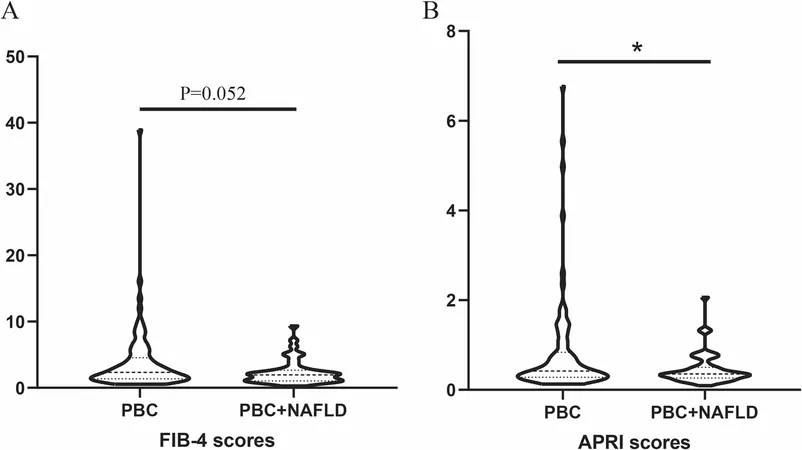
Unlocking the Cosmos: Magnets May Revolutionize Gravitational Wave Detection
2025-07-12
Author: Rajesh
A Groundbreaking Discovery in Gravitational Wave Detection
Gravitational waves—those elusive ripples in the fabric of spacetime—are born from cataclysmic events like black hole collisions or neutron star mergers. These waves create minuscule distortions that are unimaginably small, even smaller than a proton's width. A century after Einstein predicted them, a revolutionary study led by Valerie Domcke at CERN suggests that magnets may hold the key to detecting these cosmic phenomena.
A Game-Changing Approach
Unlike traditional gravitational wave observatories like LIGO, which utilize laser interferometry to pinpoint these tiny changes, this cutting-edge research proposes a novel strategy: employing magnetic fields themselves as detection tools. The principle behind it is captivating. When a gravitational wave travels through a direct current (DC) magnetic field, it interacts with the conducting wires carrying the electrical currents, causing the wires to oscillate in sync with the gravitational ripple.
Transforming Waves into Detectable Signals
This oscillating movement generates an alternating current (AC) signal that can be measured and analyzed. Essentially, the magnetic system converts the gravitational wave’s spacetime distortion into an electrical signal, creating a resonant mass detector dubbed a "magnetic Weber bar"—a nod to the pioneering physicist Joseph Weber, who first ventured into gravitational wave detection in the 1960s.
Why This Matters: A Broader Sensitivity Range
The greatest advantage of this magnetic method is its exceptional sensitivity across a wide range of frequencies, filling in the gaps left by current detectors that are fine-tuned for specific ranges. This expanded capacity means researchers could capture a broader spectrum of gravitational events, potentially leading to new discoveries.
Connecting the Dots: Gravitational Waves and Dark Matter
Intriguingly, this breakthrough forges an unexpected link between the worlds of gravitational wave detection and dark matter research. Powerful magnets employed in experiments like DMRadio and ADMX-EFR, which seek to uncover axion dark matter—hypothetical particles tied to one of the universe's biggest enigmas—could double as gravitational wave detectors. This means researchers could gather insights from both fields simultaneously, effectively maximizing their research efforts.
The Future of Physics: Where Do We Go from Here?
This synergy between gravitational wave astronomy and dark matter studies not only enhances technological efficiency but also signifies how progress in one area of physics can fortuitously illuminate another. As experiments continue to scale up magnetic systems, researchers are on the brink of witnessing real-world validations of this innovative approach.
Unlocking the Universe's Secrets
This intersection of innovative research promises to deepen our understanding of the cosmos, pushing us closer to solving the universe's most perplexing puzzles. With each advancement in magnetic gravitational wave detection, we step deeper into the mysteries of spacetime and dark matter, heralding a new era in modern physics.


 Brasil (PT)
Brasil (PT)
 Canada (EN)
Canada (EN)
 Chile (ES)
Chile (ES)
 Česko (CS)
Česko (CS)
 대한민국 (KO)
대한민국 (KO)
 España (ES)
España (ES)
 France (FR)
France (FR)
 Hong Kong (EN)
Hong Kong (EN)
 Italia (IT)
Italia (IT)
 日本 (JA)
日本 (JA)
 Magyarország (HU)
Magyarország (HU)
 Norge (NO)
Norge (NO)
 Polska (PL)
Polska (PL)
 Schweiz (DE)
Schweiz (DE)
 Singapore (EN)
Singapore (EN)
 Sverige (SV)
Sverige (SV)
 Suomi (FI)
Suomi (FI)
 Türkiye (TR)
Türkiye (TR)
 الإمارات العربية المتحدة (AR)
الإمارات العربية المتحدة (AR)